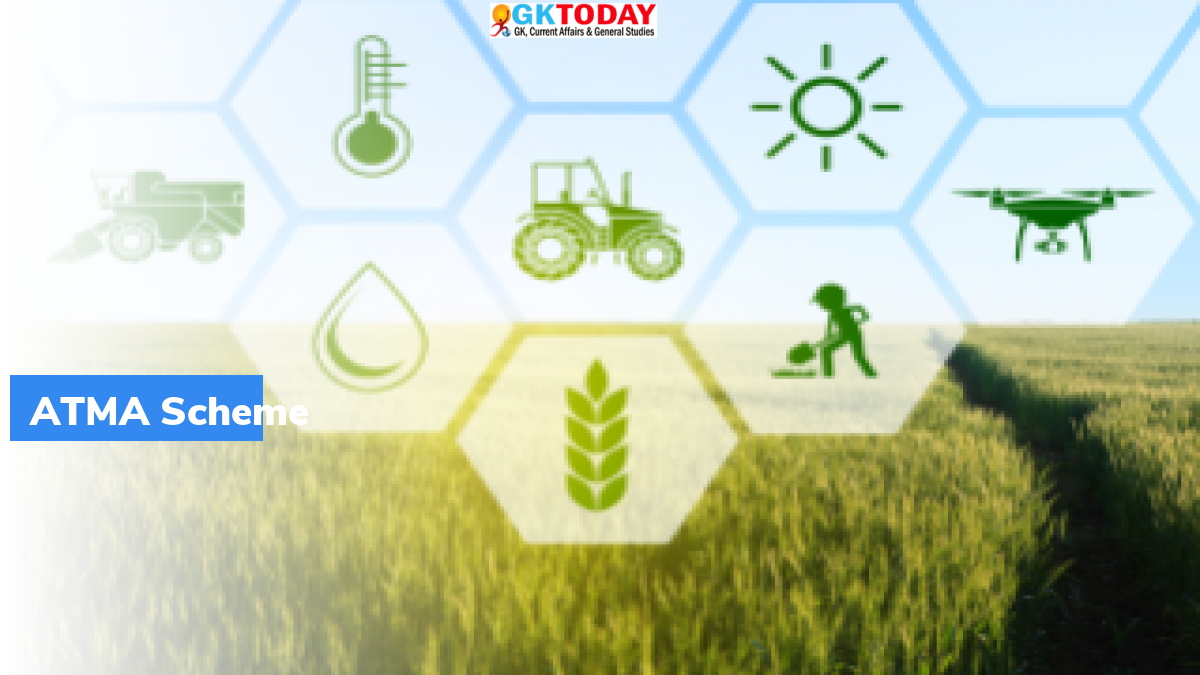ATMA Scheme (Agricultural Technology Management Agency Scheme)
The ATMA was created under National Agricultural Technology Project. The project mainly aims technology dissemination. And ATMA will create link among research organisations, government departments that are associated with agricultural development.
What are the objectives of ATMA?
- To strengthen farmer linkages
- To increase quality of technologies disseminated
- To provide coordination and management of activities involved in technology adaptation
- To move towards ownership of agricultural technology system by key shareholders
- To develop new partnership with NGOs and other private institutions
- To provide effective co – ordination of activities of different agencies involved in technology dissemination
What are the key features of ATMA?
- To create Farmer Advisory Committee. This will improve feedback.
- To adopt bottom up planning procedure
- To form and strengthen farmer’s interest group
- To develop new PPP (Public – Private Partnerships)
- To encourage private sector in technology transfer
- To validate and refine technologies through research units
- Provide in – service training to increase staff competence
Why was ATMA launched?
The National Agricultural Technology Project was launched was launched in seven states. They were Himachal Pradesh, Andhra Pradesh, Jharkhand, Bihar, Orissa, Punjab, Maharashtra and Jharkhand. The Innovation in Technology dissemination component of the project aims to pilot test the operational procedures and new organizational procedures. In order to achieve this, decentralized decision making was needed. Thus, the ATMA was launched. ATMA works through bottom top approach.
What the Benefits of ATMA?
The individuals and communities are benefited from the scheme. It also benefits women farm groups, farmers. The ATMA empowers farmers and farm women groups. It creates awareness about new technologies through visits, fairs and mela. It also provides demand driven training to farm women and farmers. And incentives and rewards are provided to the best performers.
What are the challenges faced by ATMA?
- Limited funding for early stage agri – tech firms
- Limited adoption of technologies by farmers
- Average sized and fragmented farms and poor infrastructure to implement the technologies


